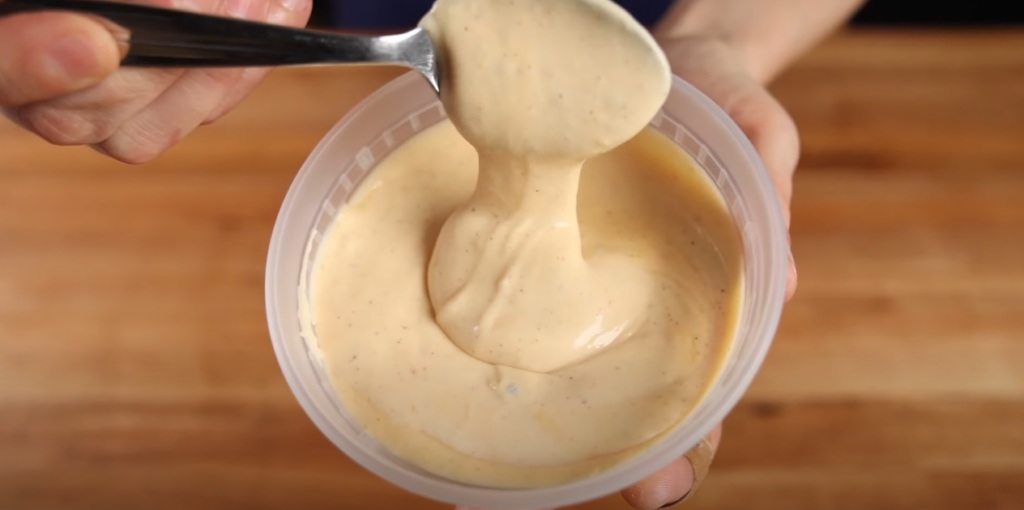‘Yum Yum’ in Chinese cooking is less about a specific dish and more about an emotive description of the sensory pleasure derived from consuming a well-prepared meal. It encompasses the gastronomic delight experienced through the exquisite balance of flavors, textures, and aromas that define Chinese cuisine.
Philosophy and Principles of Chinese Cuisine
Chinese cuisine is renowned for its culinary philosophy which can be categorized into several key elements. Let’s take a detailed look at these principles:
- Balance and Harmony (Yin and Yang): Yin and Yang are complementary opposites that maintain the balance of the universe in Chinese philosophy. In Chinese cooking, foods are classified into yin (cooling), yang (warming), or neutral, depending on their impacts on the body. The aim is to achieve a dietary balance to maintain good health;
- Five Elements Theory: The theory represents five elements – Wood, Fire, Earth, Metal, and Water – believed to be the fundamental elements of everything in the universe, including the human body. These elements correlate to tastes (sour, bitter, sweet, spicy, salty), colors (green, red, yellow, white, black), and organ systems in the body;
- Medicinal Gastronomy: Chinese cuisine regards food as a source of medicine. Foods are consumed not just for their taste, but also for their healing properties, nutritional value, and potential to enhance well-being;
- Artistic Presentation: The visual presentation is essential in Chinese cooking. A dish should appeal to the eyes first with color, arrangement, and garnishes.
Key Ingredients in Chinese Cuisine
A variety of ingredients are used in Chinese cooking. These ingredients contribute to the unique and complex flavors that deliver the ‘Yum Yum’ experience. Here are some key ones:
- Proteins: Meat (pork, chicken, beef), fish, tofu, and eggs;
- Vegetables: Bok choy, Chinese broccoli, water chestnuts, snow peas, and bean sprouts;
- Spices and Herbs: Ginger, garlic, star anise, Sichuan peppercorns, and Chinese five-spice powder;
- Sauces and Condiments: Soy sauce, oyster sauce, hoisin sauce, black bean sauce, and rice vinegar;
- Grains: Rice (long-grain, short-grain, sticky rice) and wheat (noodles, dumpling wrappers).
Traditional Cooking Techniques in Chinese Cuisine
Chinese cuisine employs a variety of cooking techniques to achieve diverse textures and flavors in dishes. Here are some classic techniques:
- Stir-frying: This technique involves cooking ingredients in a wok over high heat while stirring rapidly;
- Steaming: This method cooks food using the steam generated from boiling water. It retains the nutrients and original flavors of the ingredients;
- Braising: Involves searing ingredients at high temperature, then cooking them slowly in a closed pot with a small amount of liquid;
- Deep-frying: This method cooks food quickly in hot oil, resulting in a crispy exterior and juicy interior;
- Roasting: This slow cooking method uses dry heat from an oven or open fire.
Iconic Yum Yum Dishes in Chinese Cuisine
Here are some examples of well-known Chinese dishes that truly embody the ‘Yum Yum’ expression:
- Peking Duck: A Beijing culinary icon, Peking Duck is known for its thin, crispy skin. The meat is often eaten with sweet bean sauce, cucumber, spring onions, and pancakes;
- Dim Sum: Literally meaning ‘touch the heart’, Dim Sum comprises various bite-sized dishes. They are typically served in bamboo steamer baskets or small plates and eaten communally;
- Hot Pot: This is a communal dish where diners cook a variety of ingredients (meats, seafood, vegetables) in a simmering pot of soup stock at the table. The cooked food is often eaten with a dipping sauce;
- Mapo Tofu: A fiery dish from Sichuan province, Mapo Tofu features tender tofu and minced meat in a spicy, numbing bean-based sauce;
- Sweet and Sour Pork: This classic Cantonese dish features crispy fried pork pieces in a bright, tangy-sweet sauce. It’s a perfect example of balanced flavors.
Tips to Enhance the Yum Yum Factor
Following are some tips to maximize the ‘Yum Yum’ experience in Chinese cooking:
- Use Fresh Ingredients: Chinese cuisine prizes the freshness and quality of ingredients. Fresh ingredients possess more robust flavors and better textures;
- Master the Techniques: Proper understanding and execution of various cooking techniques can greatly enhance the flavor and presentation of the dishes;
- Layering of Flavors: Achieving a balance between sweet, sour, salty, spicy, and umami (savory) is vital. Each dish should have a main flavor that stands out while being complemented by others;
- Harmonious Food Pairings: Certain foods are believed to complement each other in terms of flavor, texture, nutritional value, and color. Creating a balanced and harmonious meal can significantly enhance the dining experience.
Conclusion
Chinese cuisine is a rich culinary tapestry woven with time-honored principles, diverse ingredients, varied cooking techniques, and flavorful dishes. The joy and satisfaction derived from savoring these dishes, aptly summed up in the phrase ‘Yum Yum’, is at the heart of this centuries-old gastronomic tradition.
FAQ
‘Yum Yum’ signifies the sensory pleasure derived from consuming well-prepared Chinese food. It’s an expression of satisfaction from tasting well-balanced and flavorful dishes.
The yin and yang principle is manifested through the classification of foods as yin (cooling), yang (warming), or neutral. A balance is sought between these types of foods in meals to maintain the body’s harmony.
Chinese cuisine employs various techniques including stir-frying, steaming, braising, deep-frying, and roasting. Each technique impacts the flavor and texture of the ingredients in unique ways.
Achieving the ‘Yum Yum’ experience involves using fresh ingredients, understanding and applying suitable cooking techniques, creating a balance of flavors, and pairing foods harmoniously.
